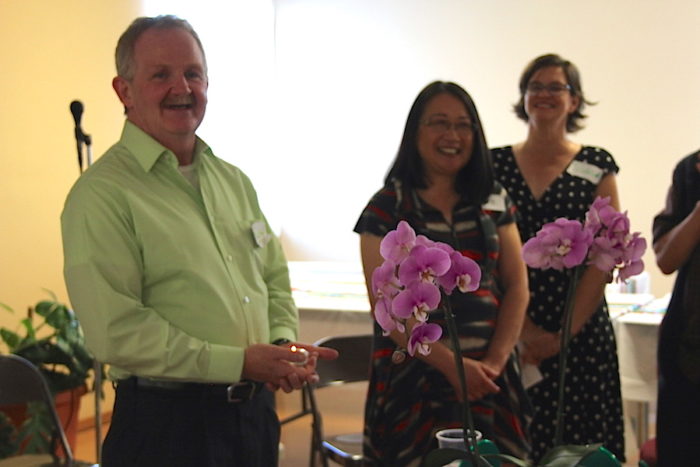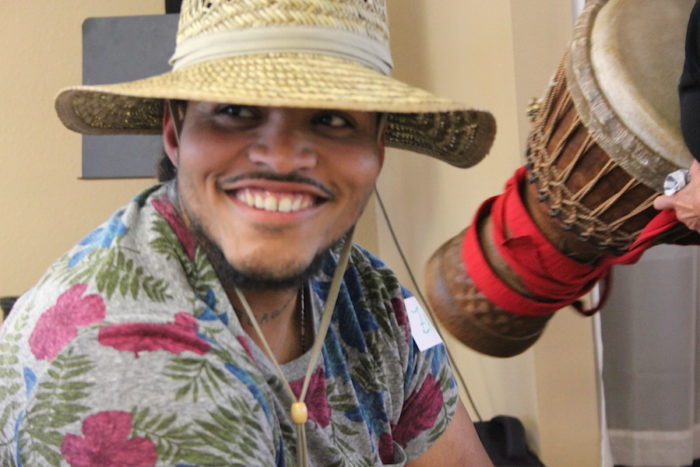
In the Nas song “Rewind,” there is a part in the beginning when he says, “the bullet goes back into the gun. ”
As a former inmate who celebrated his one-year anniversary out of prison this month, I wish I could rewind and undo every violent experience I’ve had: a prison guard stripping me naked and requesting I spread my body out so he could ensure I wasn’t being used to smuggle contraband, the officer who threw me to the ground when he arrested me, putting his knee in the back of my neck because he thought I was a dangerous murderer with a weapon, even way back to the traumatic experience my auntie acted out against me what she could not express in words to empathetic ears.
During my one-year anniversary out of prison at a Welcome Home Ceremony organized by Freedom Project early this month, I realized that behind our pain — under our violent experiences, grief and loss — we actually find our true essence and power as human beings.
As I looked around the room at New Holly Park Community Church during the May 1st, evening candle-lighting, I saw my family: strong group of nonviolent communicators brought together through the Freedom Project. I saw retired community custody officers, mothers, business owners, tech engineers, artists, college students, fathers, executive directors and social justice activists. Such an eclectic community shared the same genuine warmth and joy. I felt this coming from deep inside of my soul as well, being one inside this container of our interdependence.
Some of those partaking in the ceremony with me, I had known in prison, including Rusty Thomas, a former inmate at Monroe Correctional Complex who was introduced to nonviolent communication (NVC) in 1998. I remember the first time that I saw Rusty. We were in a medium security prison in Airway Heights — far Eastern Washington.
As soon as Rusty and I shared our interest in NVC and the connection to Freedom Project, it was as if we were old friends. His humble spirit kept him from informing me that his work led to the recruitment of what is now more than 60 people sharing nonviolence and mindfulness practice in five of the 14 prisons in Washington state. This has helped cut the recidivism rate significantly for those who practiced nonviolent communication, as a 2014 Freedom Project report found.
“Zack is a returnee, and to actually see a returnee out there … doing good and looking for peace and bringing people together. … Those are the things that inspire me and really keep me going,” he told the audience at New Holly Park Community Church after Janice Eng, one of the original founders of Freedom Project, lit his candle to send him off strong into another year of prison.
Now older, balding, and slightly slouched, I know that despite what he was arrested for, there was compassion, empathy and love emanating from Rusty’s ageless essence. NVC shattered any age and race barriers between us.
This transformation is how NVC is the liberation tool of the oppressed. It cultivates emotional intelligence and breaks away from the conditioned societal norm to evaluate and judge: tools that support hierarchy and violence. The Center for Nonviolent Communication describes NVC as an approach to communication emphasizing “compassion as the motivation for action rather than fear, guilt, shame, blame, coercion, threat or justification for punishment.”
At Freedom Project, we move instead into connecting from the heart and showing up in the world with honest expression and love.
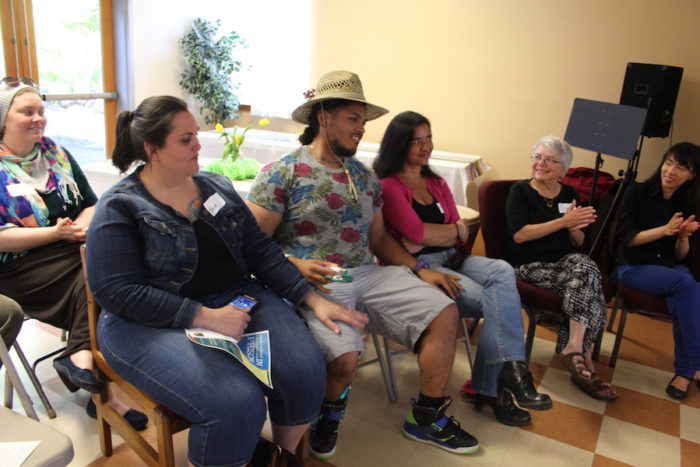
As an example of the power of this practice, the beginning of my relationship with my partner was plagued with doubt and fear as I questioned whether I matter and how I could be true to myself and express my honest thoughts. This problematic behavior resulted in us feeling disconnected, hurt, unseen and misunderstood. Utilizing the NVC tools of sticking to observation, bringing awareness to our feelings (“When you did ‘X,’ it made me feel ‘Y’”), and connecting this with what we truly need, we now enjoy a much deeper intimacy and richer relationship, making requests to one another that serve us mutually.
A year later, Rusty and I meet again, this time, not behind walls and barbed-wire fences and iron cages, but with our Freedom Project family celebrating and honoring our Humanity and Freedom that even the prison industrial complex failed to strip us of.
But here we stand proud — and deeply liberated. As author David Mitchell described best in his 2004 sci-fi novel, “Cloud Atlas”: “Freedom! — the fatuous jingle of our civilization, but only those deprived of it have the barest inkling regarding what the stuff actually is.”
And with our brothers and sisters who have been on both sides of the prison fence, we were privileged to honor others who endured incarceration as we sang them their given names, not the six digits the state Department of Corrections imposed. We were privileged to see the light in their being, as the candles were being lit to remind them of their own internal beauty.
We looked upon the strength and greatness of these beautiful human beings as they were handed mirrors to also recognize what it was we all got to see in the reflection.
The faces, the energy, the words I heard being spoken from formerly incarcerated folks now on the other side of the fence at this “Welcome Home Ceremony” reminded me of another quote I love from Kahlil Gibran: “Out of suffering have emerged the strongest souls. The most massive characters are seared with scars.”
The bullet can never go back into the gun like the way Nas describes, but the practice of mindfulness and nonviolent communication can do a lot to heal the bullet wound.
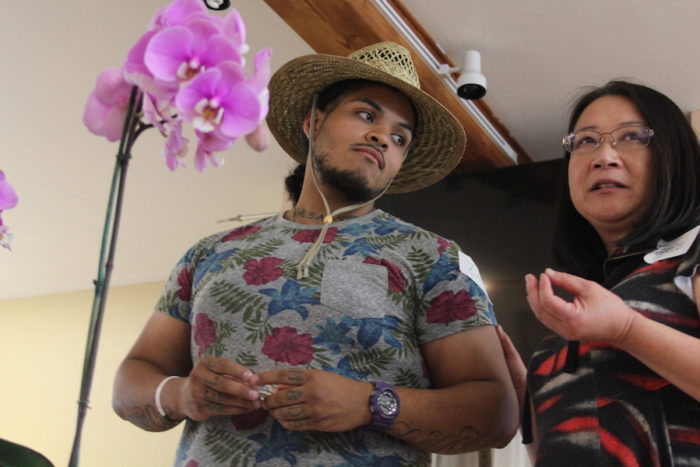

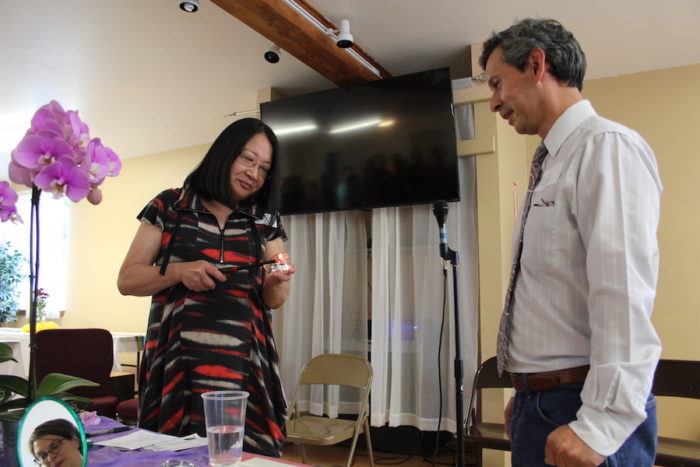
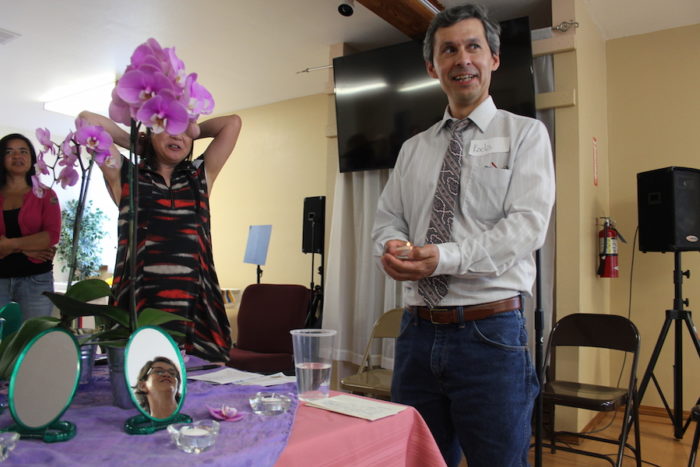
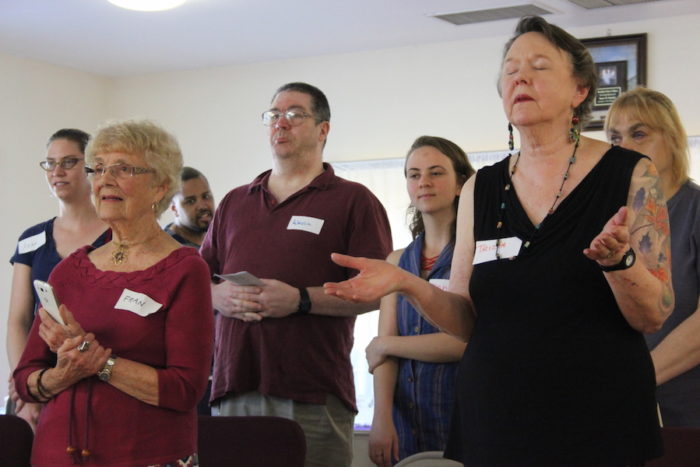
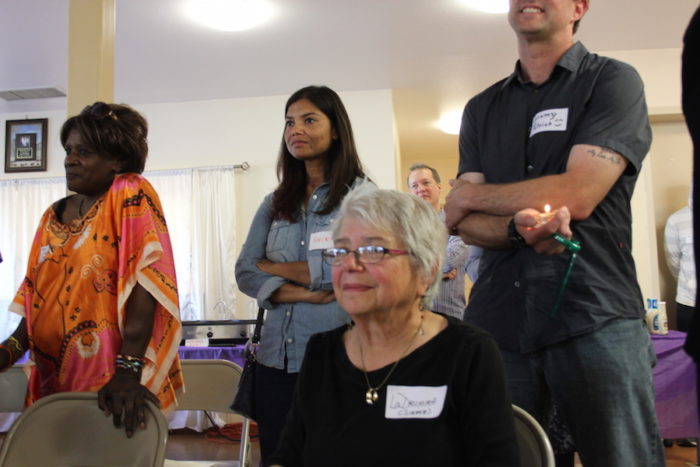
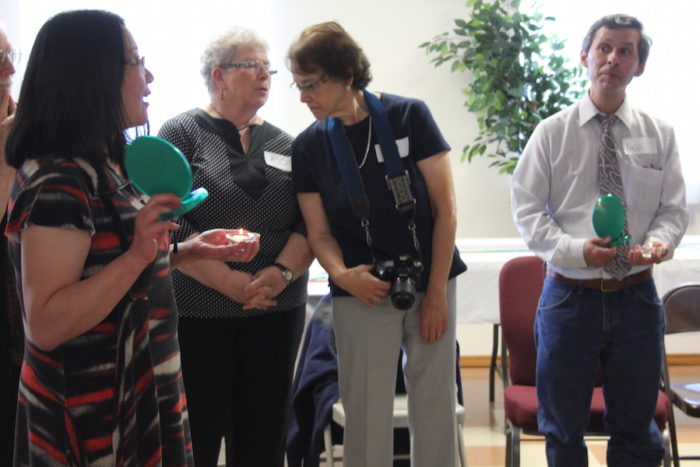
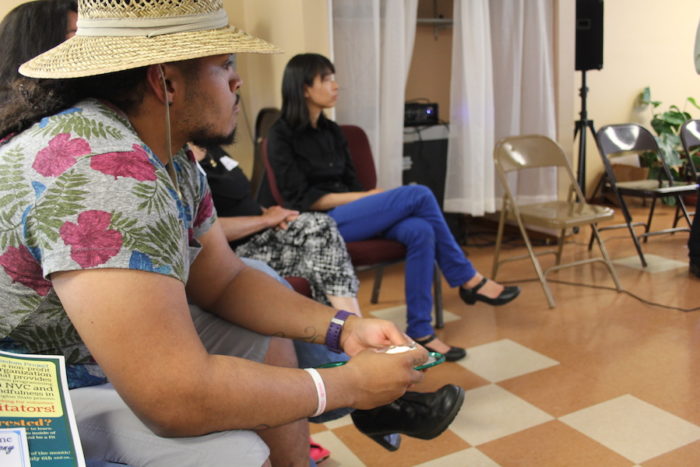
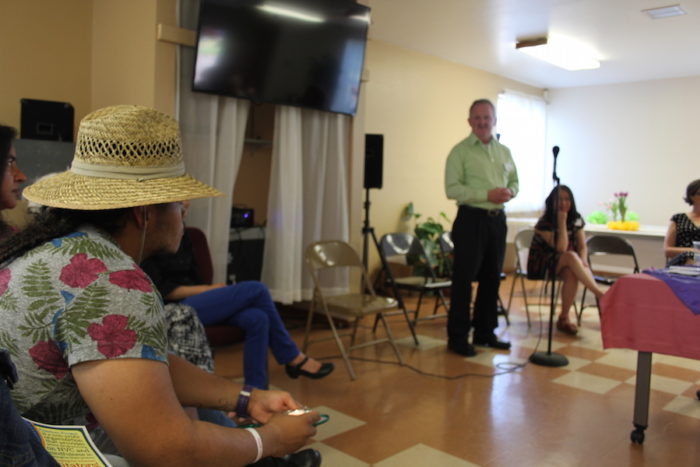
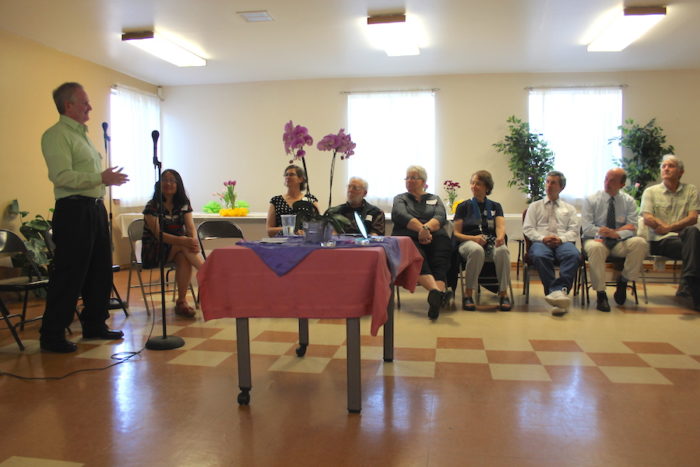
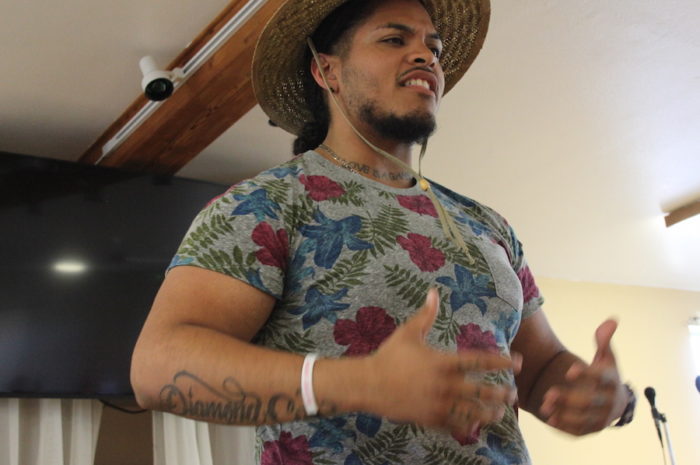
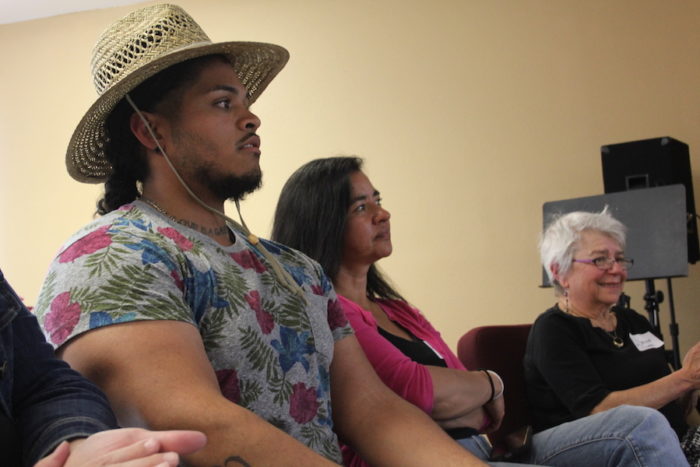
This story has been updated since its original publication to clarify an intentional sequence of events.


